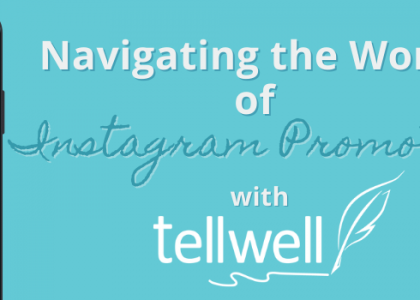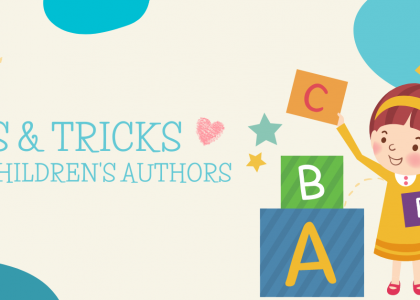There are only ever a few reasons as to why we are compelled to pick up a new book from Amazon or our local bookstore:
- It’s one of those must-read titles.
- One of our friends or family members mentioned it.
- It’s mandatory to pass our upcoming high school test.
- Our favorite author finally finished another book. Like maybe the sixth book, George?
- Or…we liked the look of the cover.
I can easily think of a few books that I picked up for one of those reasons, and I bet you can too!
The importance of a cover
Your book cover is the first thing a reader will see, it will determine if they look past it on a shelf, or if they keep scrolling down while shopping online. Your cover is important, I can’t stress this enough; it is also one of the biggest contributors of creating a successful book as a self-published author.
Let’s break the cover down to its elements: a cover is essentially a title and an image. While the title is usually a few words or a phrase that describe the content or the story of the book, an image is a bit more than that. The image is a picture that introduces readers to the story. It can be used to convey themes, plot points, characters, and it can even foreshadow events to come.
Here are seven Tellwell tips to help you get the perfect image for your cover:
Know your audience – If you haven’t already, find out who your audience is and create a cover they would pick up. A scary cover on a children’s book or a goofy childlike cover on an epic fantasy adventure might not be the best way to reach the target audience. So, consider what your readers might want to see when choosing your cover image.
Know your genre – This is a bit of a weird one because there are two ways of thinking about this tip. The first is to check out what others in your genre are doing, taking notes from the bestsellers in your genre and try to emulate their success. Or, you can try to stand out from the crowd and take the design in a direction that the genre usually doesn’t see. A great example of this in action is “Thug Kitchen” – a cookbook that is full of cuss words and crude humor, not what you’d typically find in the cookbook section eh?
Colours! – Colours have a huge impact on the brain! We naturally associate colours to moods, feelings, or themes. A lot of authors aim for bright, eye-catching colors, but using bright colors isn’t always the answer. Sometimes being quiet in a loud room is what catches someone’s attention. Trying to decide on the colours of your book is a bit of an artform. Consider consulting a designer for advice on the colour scheme that matches the theme of your book.
Own the rights – This is one area that authors often overlook. If you took an image off of Google, chances are you don’t own the rights to that image. That means you can’t use it for your book!
There are a few ways to secure the rights to an image:
- You can try to get written permission to use it for your book from the owner of the image.
- You can commission an illustrator to make you a custom cover. Check out some of Tellwell’s Illustrators here.
- Or, you can purchase the right to use an image from a stock website like Adobe Stock.
Searching for the right image – When searching for an image on a stock website there are few things you’ll want to be aware of:
- Avoid images with text – text can easily be added, but it can’t always be removed from images.
- Think about the placement of the image on your book – is the image too wide? Where will the book’s title go?
- Use multiple relevant keywords – there are millions of stock photos online and chances are the one that you want exists, so try adding new keywords as you go along. Yes, even that “fire hand and water hand fist bumping” does exist.
- Many stock websites have filters you can adjust your searches with, so if you’re having trouble finding the right image try experimenting with them.
- Read the fine print – some images may be flagged as “editorial use only,” which means you cannot use it on a book you intend to sell. Usually these types of pictures would be images that have someone else’s product in them, like a soda pop company.
Trust your designer – A lot of authors have a clear set vision for the cover, and that’s great. The designer will work to use the images you provide to create the cover you want. However, there are times when your designer may take the cover in a different direction, one you may not have expected. I know this kind of situation can be hard for some authors, after all, “handing over the reins” of something you’ve created is always a little daunting. Of course, our designer will work with you, and you will always have the final say. But trusting their judgment can prove to be invaluable; they are professionals who have worthwhile insight when it comes to creating eye catching books.
Judge my cover – Show off your cover design in all of its stages and get as much feedback as possible. Friends and family are great but they can be a bit too supportive. You need to ask people who read the kind of books that you’ve written or ask people who sell books for a living. Try talking to employees at a bookstore or ask the owner what they think of the cover design. Is it something that they think could do well on the shelves? Asking people to “judge your book by its cover” is a great way to gather feedback.
The cover is a crucial part of your book, so take the time to really think about the design of it. When the day comes that you finally have your book in hand, you’ll be able to proudly show it to people and say, “Please do judge my book by its cover!”
| Thank you for Signing Up |



